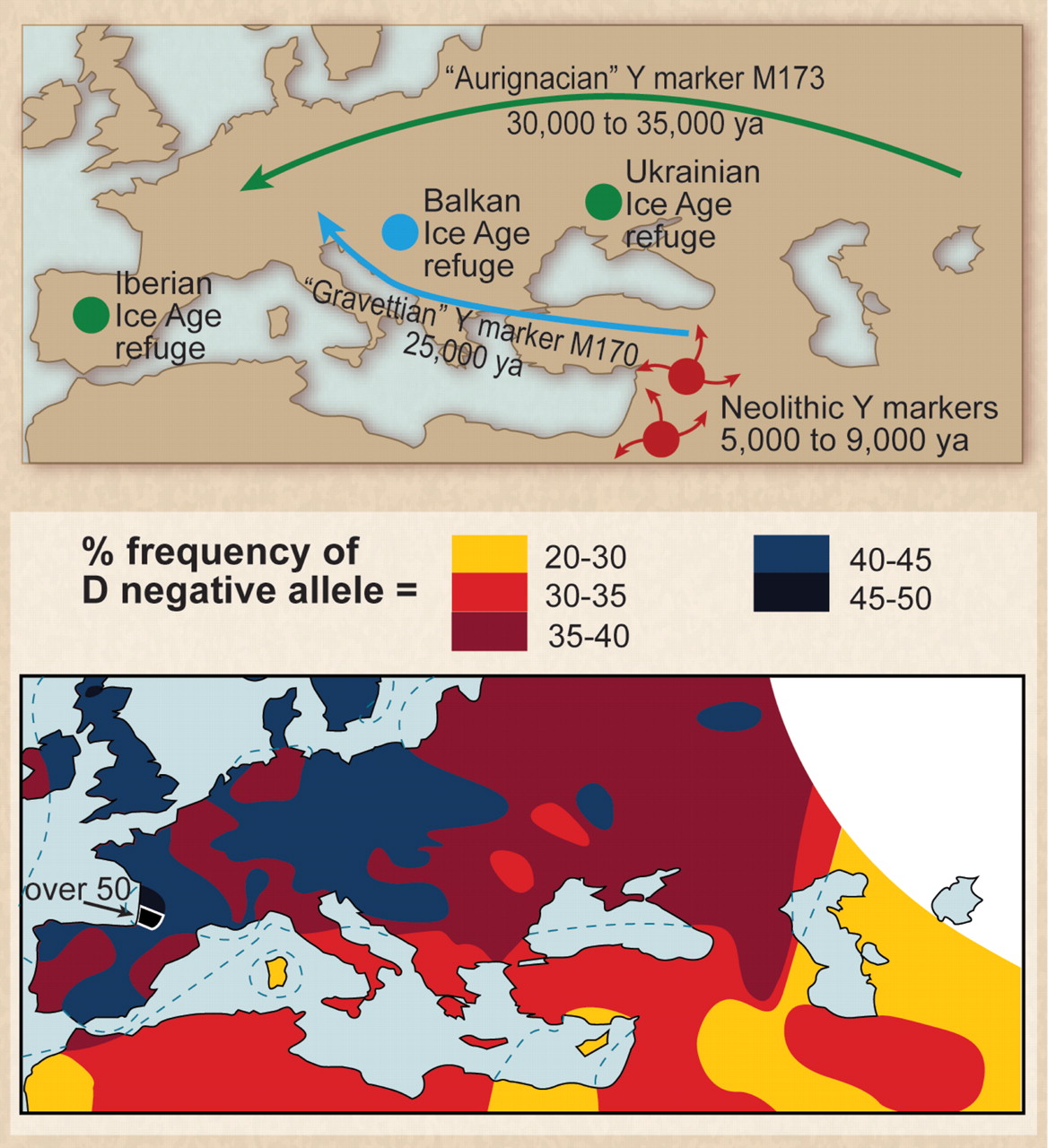

O negative blood is more common in Caucasians, at 8% of the population. In an emergency when a blood transfusion is required, the use of O negative is the safe choice, especially when there is no time to test the patient for blood type. A child born to parents who are both O will also be O. The blood type of a person is determined by chromosome 9. If both parents are B the child will be either O or B. A child born to both parents with A will be either O or A. A child born to one parent with O and the other B will be either O or B at birth. what o negative blood type should not eat?Ī child born to one parent with O and the other with A will be either O or A at birth. Here are 19 of the best facts about Origin Of Rh Negative Blood Type and Of Rh-negative Blood I managed to collect. In my opinion, it is useful to put together a list of the most interesting details from trusted sources that I've come across answering what o negative blood type should eat. Higher rates of O negative blood type are found in people from Spain, Iceland, New Zealand, and Australia. Despite this never being proven correct, South Korean and Japanese cultures still believe in these myths. Some people believe that a person's blood type can predict a great deal about them, including their character, personality, and even how well they get along with others. U.S.While investigating facts about Origin Of Rh Negative Blood and Or Negative Blood, I found out little known, but curios details like:.Attitudes towards blood donation in Sweden 2018.adults that use an app to track fitness 2017, by ethnicity health adults that are interested in e-health by ethnicity 2017 Attitudes towards blood donation in selected Latin American countries 2018.adults who ever heard about e-health 2017, by ethnicity Distribution of SCD inpatient stays in the U.S.

Blood groups of the French, according to the ABO system.Blood groups of the French, according to the Rh system.Number of blood donations per donor in France 2005-2019.Average number of blood donations per donor in France 2005-2017.Number of blood donations in France 2005-2019.Number of blood donation records by place of donation in France 2019.Blood groups of the French, according to the ABO blood group system.Blood groups of the French, according to the Rh blood group system.Monthly value of blood exports from Iceland 2018ĭifficulties encountered while donating blood according to the French in 2014Įurope: Orthopedic appliances crutches/surgical belts and trusses export value 2022 Mean number of children with blood lead levels > 5 µg/dL in Canada as of 2019 adults that use an app to get fitness instructions 2017, by ethnicity adults that use an app to track fitness 2017, by ethnicityĪttitudes towards blood donation in Sweden 2018 adults who ever heard about e-health 2017, by ethnicityĪttitudes towards blood donation in selected Latin American countries 2018 Number of blood donations per donor in France 2005-2019īlood groups of the French, according to the Rh systemīlood groups of the French, according to the ABO systemĭistribution of SCD inpatient stays in the U.S. Number of blood donations in France 2005-2019Īverage number of blood donations per donor in France 2005-2017 Number of blood donation records by place of donation in France 2019 adults donated blood, compared to around 15 percent in 2003.īlood groups of the French, according to the Rh blood group systemīlood groups of the French, according to the ABO blood group system The percentage of adults who donated blood in the United States has not fluctuated much for the past two decades. However, only around three percent of age-eligible people donate blood yearly. The American Red Cross estimates that someone in the United States needs blood every two seconds. Only around seven percent of adults in the United States have O-negative blood type. among Caucasian adults, at around eight percent of the Caucasian population, while only around one percent of the Asian population has O-negative blood type. O-negative blood type is most common in the U.S.

Those with blood type O-negative are universal donors as this type of blood can be used in transfusions for any blood type. Around 33 percent of the Caucasian population in the United States has A-positive blood type. The second most common blood type in the United States is A-positive. has blood type O-positive, while only around 37 percent of the Caucasian population has this blood type. Around 53 percent of the Latino-American population in the U.S.

The most common blood type among the population in the United States is O-positive.


 0 kommentar(er)
0 kommentar(er)
